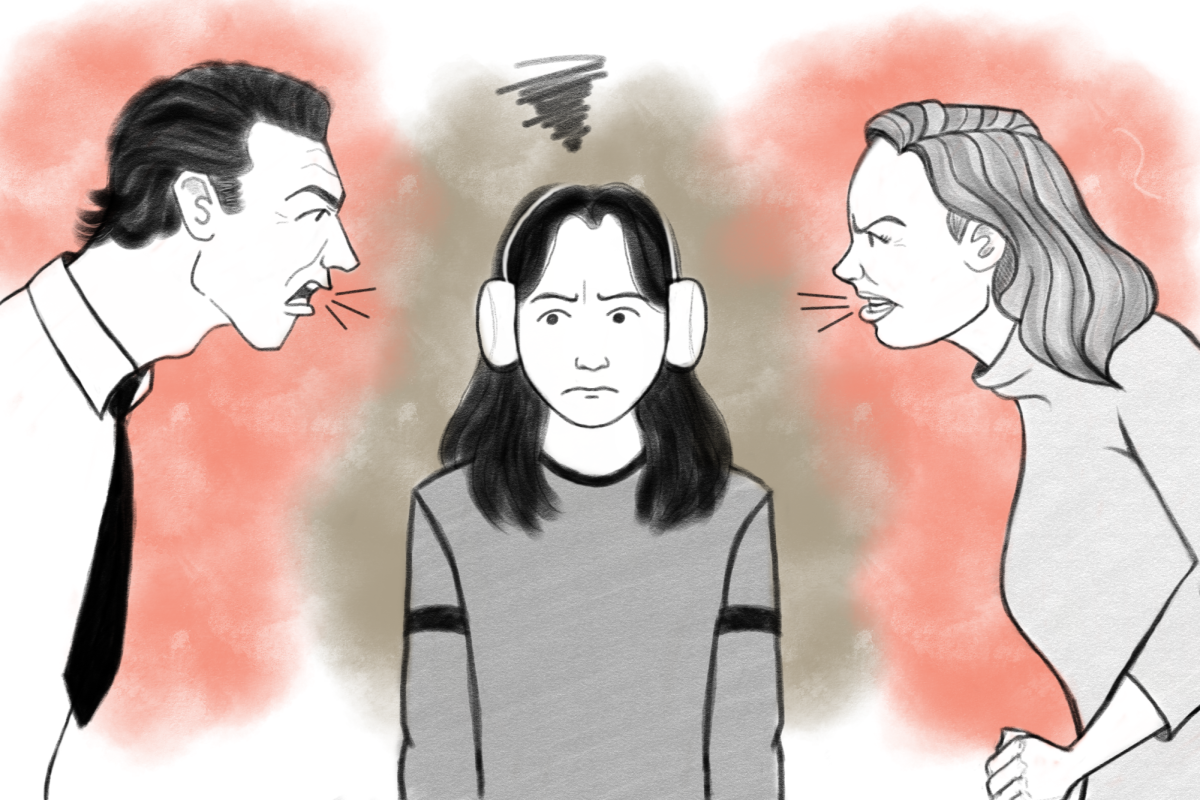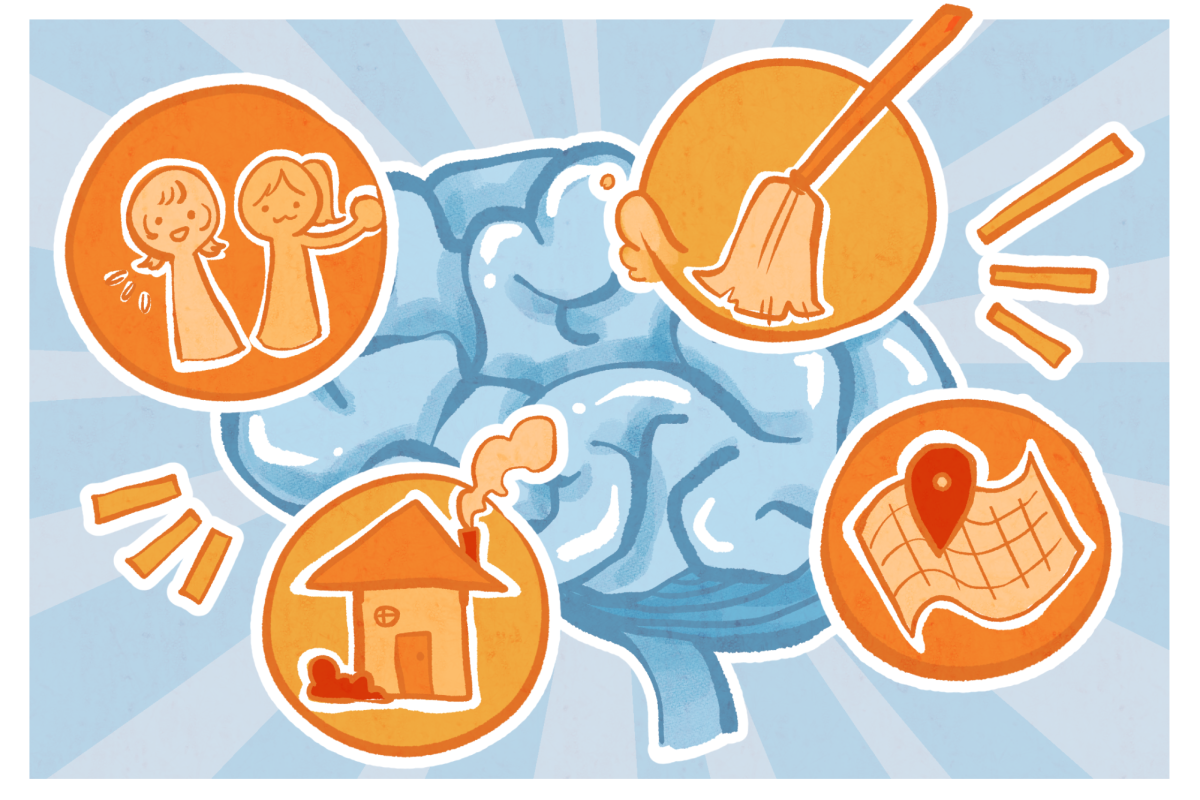If you were to ask a dozen random people on the Main Quad whether or not they have ever fought with their parents, you’d be hard-pressed to find a no. Conflict within families is a constant that most people deal with. Noah Larsen, graduate student studying human development and family studies, and Allen Barton, professor in ACES, hope their study can help people feel less overwhelmed and isolated.
The study was administered to roughly 600 families who filled out self-evaluation surveys asking what types of conflict they discussed and how severe the conflict was. Larsen and Barton said their goal was to determine if there had been any significant changes in family conflict over the decades.
“For people that are married and in relationships, they seem to argue about the same stuff that couples argued about 20 years ago,” Barton said. “There was a lot of overlap with that when it comes to parent and child. It provided some confirmation of some general intuitions but also highlighted a few things that maybe weren’t at the top of Google’s radar.”
One of those things was the lack of emotional regulation across all age ranges. Mood and tempers tended to be high across the board.
“Daniel Tiger’s got a song called ‘When you’re mad and want to roar, take a deep breath and count to four,’” Barton said. “It’s just stellar language, and it’s all about emotion regulation. They just put it in a cool little song and animated cartoon. But that’s probably a good line for your 4-year-old, your 14-year-old and your 40-year-old married couple.”
Get The Daily Illini in your inbox!
Technology has also changed the landscape of how parents and children communicate. The sudden rise of phone usage over the past decade has become a common topic of conflict.
“We’ve seen in research that teenage phone use can be a mental health concern for teenagers … We now have some evidence that it might also be a leading topic of conflict between parents and kids,” Larsen said.
Many conflicts between parents and children rarely have to do with stark divides and more with an accumulation of problems over time.
“Things that are — I don’t want to say essential, but so routine and prevalent in everyday family life … start to rub against each other … (they) really become sources of tension,” Barton said.
Larsen and Barton hope this study can answer more questions on family conflict in the future.
“Are these topics also seen in what couples hope for in their future and what they’re working toward?” Larsen said. “Or do we see a lot of discrepancy between these topics of conflict and what they’re hoping for in their goals in their relationship?”
For Larsen and Barton, it’s important this isn’t just a study for academics but something that can provide value to people in their everyday lives.
“This isn’t just an academic, esoteric concept we’re talking about,” Barton said. “This seems to have research findings behind it, but this is germane, and it’s going to make a difference between in your day this week, whether it’s a good week or not-so-good week in your household.”
In relationships, stress is a part of the deal, and it is important to understand that conflict is okay and normal.
“Know that the stresses you’re dealing with are not alone, and hundreds of thousands of couples and families are going through those right now,” Barton said.









